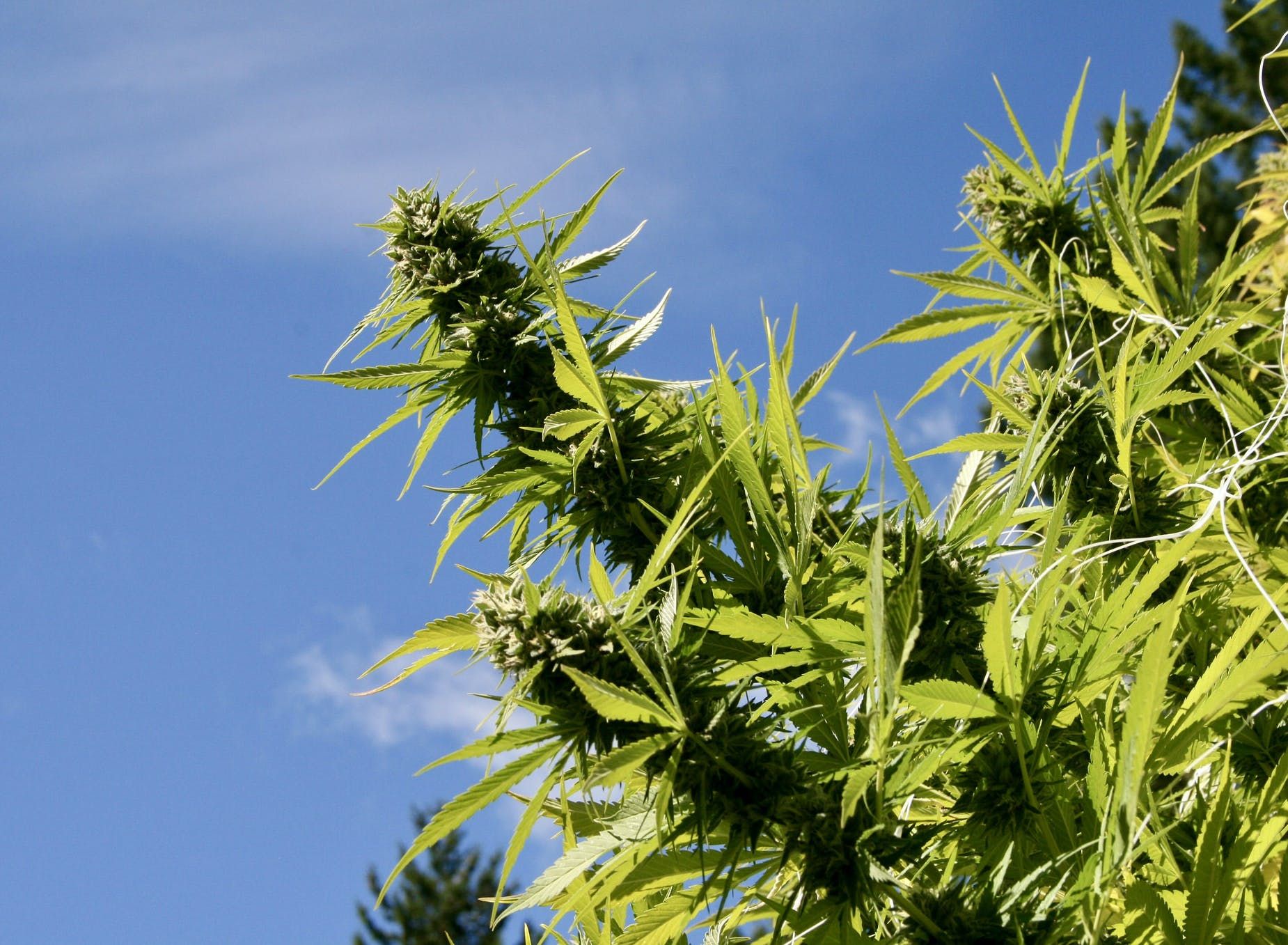Once you have a recommendation for medical marijuana and are exploring your local dispensaries for products to try, you’ll start to notice the many different ways this medicinal plant can be used. Dispensaries typically stock a wide array of cannabis products that come in a variety of forms—from flower and concentrates to edibles and topicals. Cannabis is often associated with smoking, and though that’s one way patients can use it, marijuana can also be vaped, eaten, rubbed on your skin and even taken under the tongue.
FOLLOW US ON FACEBOOK & INSTAGRAM
Each method for taking cannabis can result in different effects for the patients using them. For this reason, it’s important to get an idea of what the differences mean in order to figure out which form is best for you. In this article, part of a series for folks new to cannabis, we’ll go over some of the basic forms of cannabis typically found in your local dispensary.
Marijuana Flower
In a number of places where marijuana’s legal, you’ll find it in the form of dried flower. An extremely versatile form, dried marijuana flowers can be:
- smoked
- vaporized
- made into edibles
- used for capsules or tinctures
- infused into topicals
Most patients smoke or vaporize the cannabis flower they buy, because these are the most direct ways to consume it—and products like edibles and topicals can be purchased already made. If you don’t know what you’re doing, it can be tricky to turn flower into other cannabis products like edibles or topicals. Still, for more adventurous patients, cannabis flower can be turned into almost any of the products you can find in the dispensary. From cannabis concentrates to edibles and topical rubs, it all starts with the cannabis flower. With the right recipe, the possibilities are endless.
Cannabis Concentrates
Like cannabis flower, cannabis concentrates are extremely versatile and varied.
These extracts are essentially concentrated versions of the marijuana flower they were made from. Manufacturers use a variety of different methods to extract the most medicinal compounds from the flower; the result is a more potent version of the medicine. Concentrates can come in a variety of colors, from opaque black to clear and colorless with a large spectrum of colors in between. Meanwhile, contentrate textures can run the gamut from wet and runny or dry and crumbly to sticky and flexible like taffy or hard and brittle like sugar candy.
As with cannabis flower, marijuana extracts can be:
- smoked
- vaporized
- made into edibles
- used for capsules or tinctures
- infused into topicals
One thing to be aware of is that some methods of processing these extracts involve the use of chemical solvents. Some of the chemicals commonly used, such as butane, have known health risks to humans. While these chemicals can be removed when the processing is done right, some extract makers do leave traces of these chemicals behind.
It’s important to know how your concentrate was made and whether any trace chemicals remain. Always look for concentrates that have been tested for residual chemical solvents to ensure you’re getting the safest medicine possible. You can also look for concentrates that weren’t processed with chemicals. Water hash and rosin are two great options that don’t use chemical solvents in their process.
Cannabis Edibles
Cannabis is also available in a large variety of edible products. In many dispensaries, you can find infused treats like cookies, brownies, candies and ice cream, savory options like BBQ sauce or frozen pizza, or cooking basics like infused butters or oils that you can incorporate into your own recipes. Cannabis sodas, juices, coffee and infused waters are also hitting the market in a number of areas.
You can also find edible cannabis products that are more utilitarian in nature. Some patients don’t like to have their medicine tied to a particular food and prefer edible options like tinctures and capsules that can be taken with or without food.
Whatever products you choose, make sure you pay careful attention to dosing. It’s easy to accidentally take too much when you’re consuming edibles. If you’re new to edibles, start with a very small dose and wait for two hours before assessing whether your dose was enough to produce the desired effect. Edibles can take a long time to start working, so take your time with finding your ideal dose.
Marijuana Topicals
You can also use cannabis in topical forms. Marijuana-infused oils, creams, masks and balms can be very effective at relieving pain and inflammation when applied directly to the skin. Most patients find that topicals have no psychoactive effects and only affect them locally, where the infused product was applied.
Topicals are a great option for folks who tend to feel overwhelmed by the mental effects of cannabis, but still want relief from aches and pains. They typically provide fast-acting relief when applied to wherever you’re experiencing pain.
Finding the Best Method for You
What we’ve covered here is just the tip of the iceberg when it comes to the many ways you can use cannabis. In the next several installments of the Cannabis for Newbies series, we’ll go over the different ways you can use cannabis and the reasons why you might favor one method over another.
Photo credit: Brian Shamblen
Need a medical marijuana recommendation? Consult with one of HelloMD’s knowledgeable doctors; it’s easy, private and 100% online.






